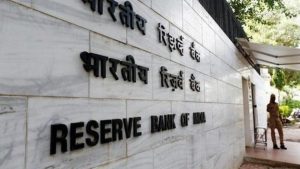
RBI’s supervisory systems have been strengthened significantly in recent years, said Shaktikanta Das, Governor, RBI, while announcing the monetary policy decision on Thursday.
“We have adopted a unified and harmonised supervisory approach for commercial banks, NBFCs and urban cooperative banks (UCBs). The focus is now more on identifying the root cause of vulnerabilities, rather than dealing with the symptoms alone. As a result, the Indian banking system remains sound and healthy, with strong capital and liquidity positions, improving asset quality, better provisioning coverage along with improved profitability,” he added.
Liquidity, Financial Market Conditions
The Reserve Bank will continue to adopt a nuanced and agile approach to liquidity management. In the period ahead, the Reserve Bank will remain flexible in meeting the productive requirements of the economy through two-way operations, as may be necessary. Das assured: “We will also ensure the completion of the Government borrowing programme in a non-disruptive manner while maintaining orderly market conditions during 2023-24. We remain watchful and focused on maintaining stability of the Indian rupee. Overall, our external sector indicators have improved significantly. Foreign exchange reserves have rebounded from $524.5 billion on October 21, 2022 and now stand in excess of $600 billion taking into account our forward assets.”
The global economy is now witnessing a renewed phase of turbulence with fresh headwinds from the banking sector turmoil in some advanced economies. Bank failures and contagion risk have brought financial stability issues to the forefront. Given the stubbornness in inflation, central banks continue to tighten monetary policy, although at a reduced pace.
Das estimated: “Looking ahead, the higher rabi production has brightened the prospects for agriculture sector and rural demand. The steady growth in contact-intensive services should be positive for urban demand. The government’s focus on capital expenditure, capacity utilisation above long-period average and moderating commodity prices should bolster manufacturing and investment activity. The drag from net external demand may continue due to increased global headwinds. The protracted geopolitical tensions and global financial market volatility pose downside risks to the outlook.”







